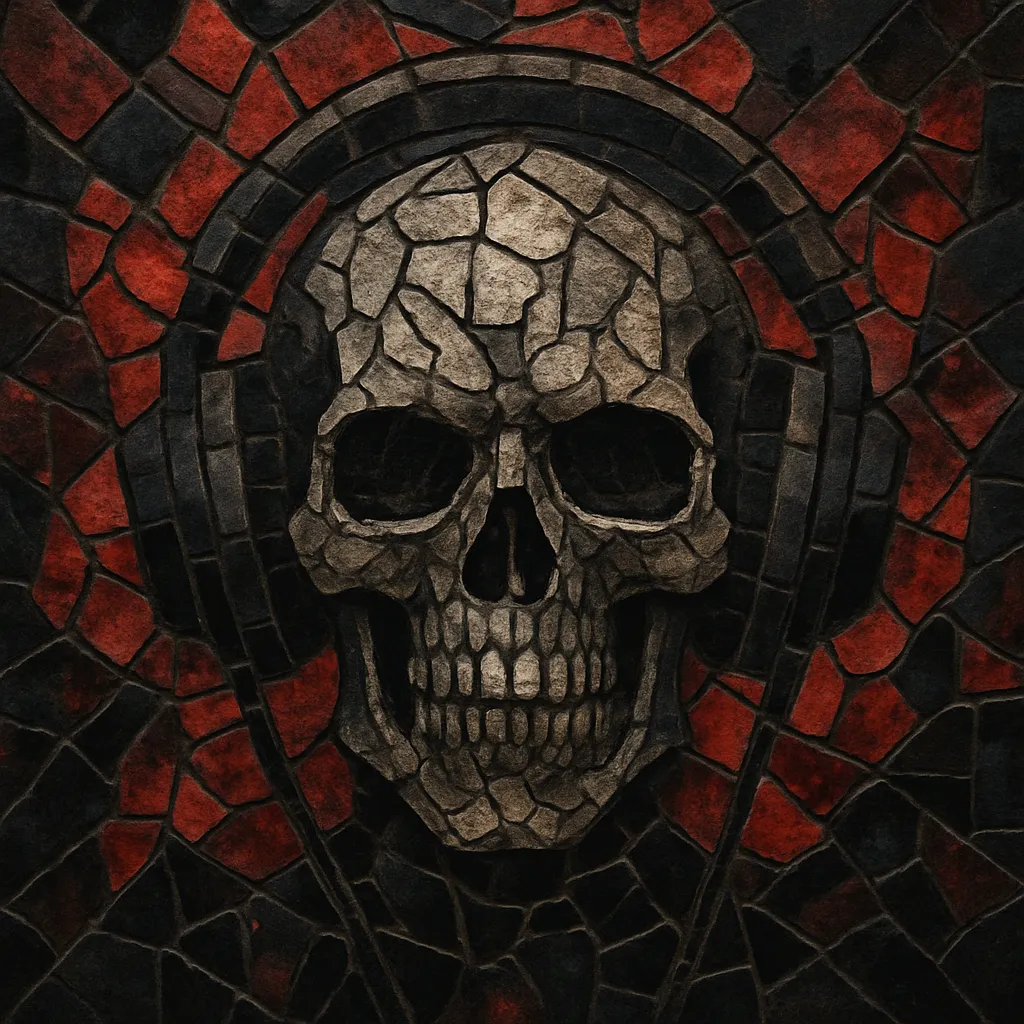Deathstep is an extreme, horror-laden branch of dubstep that fuses the genre’s half‑time lurch and sub‑heavy sound design with the aggression, timbral brutality, and macabre aesthetics of death metal and deathcore.
Typically sitting around 140–150 BPM in half‑time, it emphasizes cavernous sub bass, serrated mid‑range growls, blast‑beat‑inspired kick runs, and cinematic, dread‑building intros. Vocals—when present—often borrow from extreme metal (growls, screams) or are sampled from horror cinema to intensify the sense of menace.
Compared to brostep, deathstep is darker and more oppressive, prioritizing dissonance, chromatic motion, and percussive violence over anthemics. It thrives in underground labels and SoundCloud circles, with a visual language of decay, sci‑fi horror, and occult imagery.
Deathstep emerged as producers pushed dubstep’s heavier edges, drawing on extreme metal’s timbre and attitude. Early heavy/brostep experiments established a template of mid‑range aggression and halftime impact, while producers increasingly incorporated death metal/deathcore aesthetics—dissonant intervals, horror motifs, and guttural vocals—into 140 BPM frameworks.
By the mid‑2010s, a distinct identity took shape: doom‑soaked intros, punishing bass design, and blast‑beat‑like kick programming within halftime grooves. Labels and collectives (notably underground and SoundCloud‑centric imprints) curated releases that foregrounded the style’s cinematic darkness, helping crystallize “deathstep” as a tag separate from broader heavy dubstep.
As sound design tools (FM, waveshaping, formant filtering) matured, deathstep’s signature growls and ‘monster’ timbres became more sculpted. Producers cross‑pollinated with riddim/tearout, while collaborations with metal vocalists and live guitarists blurred lines with metalstep and hybrid bass. The genre’s visual identity—apocalyptic design, occult typographies—reinforced a cohesive underground culture.
Deathstep remains a niche yet resilient strain of bass music, influencing the ferocity of modern tearout and shaping the darker end of riddim. Releases circulate through specialized labels, Bandcamp, and SoundCloud, with DJs deploying deathstep cuts for peak‑energy, horror‑themed moments in bass‑music sets.


